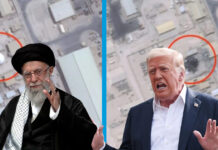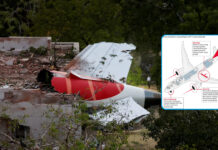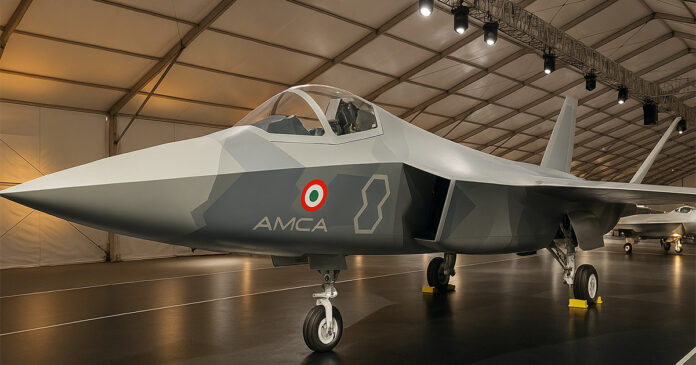India has announced the development of its most advanced stealth fighter jet programme after losing six warplanes, including Rafale jets. The warplane were reportedly shot down by the Pakistan Air Force (PAF) using Chinese-imported J-10C aircraft during intense hostilities on May 8.
Indian Defence Minister Rajnath Singh confirmed this new initiative. A framework has been approved to build a next-generation fighter jet with stealth capabilities that can evade radar detection.
The state-run Aeronautical Development Agency (ADA) has started inviting expressions of interest from defence firms to take part in the prototype development phase. Singh stated the aircraft would be a twin-engine, fifth-generation stealth jet.
IAF Needs New Jets As Fleet Shrinks
This new fighter is a crucial addition for the Indian Air Force (IAF). IAF is currently operating with 31 squadrons, significantly below its sanctioned strength of 42. Most of the IAF’s fleet includes Russian and ex-Soviet aircraft.
Meanwhile, China continues to expand its air force and Pakistan has inducted the advanced Chinese J-10C into its fleet.
Earlier in May, both Pakistan and India were involved in four days of intense military engagement involving fighter jets, drones, missiles and artillery. A ceasefire was later brokered by U.S. President Donald Trump.
According to Reuters, this was the first time both nations used drones at such a large scale. Security officials and analysts suggested that it marked the start of a drone arms race in South Asia.
Private Sector Involvement in Defence Manufacturing
India plans to partner with a domestic firm for the stealth project. The Defence Ministry stated that the bidding process is open to both private and public sector companies, individually or as joint ventures.
In March, a defence panel suggested increasing private sector involvement in aircraft production to strengthen IAF capabilities and reduce dependency on state-run Hindustan Aeronautics Ltd (HAL).
Air Chief Marshal Amar Preet Singh had earlier criticised HAL for delays in delivering the Tejas aircraft. HAL blamed global supply chain issues and delayed engine deliveries from U.S.-based GE.
Stay tuned to Brandsynario for the latest news and updates



































